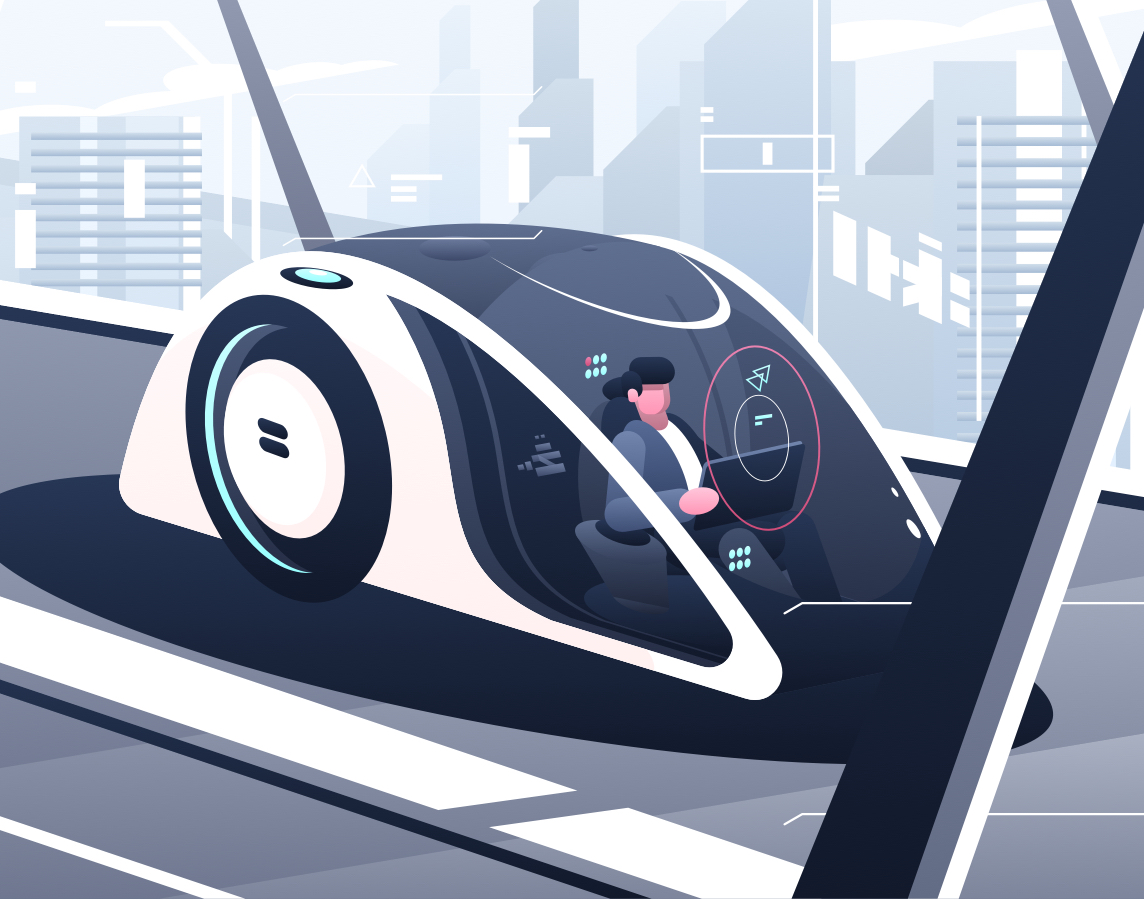

- Record and playback api testing tools free how to#
- Record and playback api testing tools free apk#
- Record and playback api testing tools free drivers#
- Record and playback api testing tools free update#
- Record and playback api testing tools free driver#
It is important to test UI in case of very intense communication between server and client. For example, it expects to see an unread messages badge when other users are sending messages. Social network applications are full of that scenarios. There are also event-based test cases where certain things expect to appear when other users interact. It makes tests unstable and unpredictable because one test can conflict with another.

Tests are often running in parallel, logging in the same user. Many modern mobile applications are facing the same challenges when it comes to automated continuous integration UI tests. # What version of appium did start supporting Android App Bundle?Īccoding to CHANGELOG, Appium supports Android App Bundle since version 1.10.0. So I think it is safe to use the bundletool. I think Google also uses the bundletool in Google Play.
Record and playback api testing tools free apk#
I'm not sure if I understand the question correctly, but bundletool is a google official tool and it just generate an APK set archive file from Android App Bundle. # Doesn't it affect the quality of android application by compressing android app bundle?

Finally, I'll cover how we test Android App Bundle with different languages.
Record and playback api testing tools free how to#
Then, I'm going through how to automate it with Appium. In this session, firstly I'll explain what is Android App Bundle.
Record and playback api testing tools free update#
In short, we need to update our toolchain. What is Android App Bundle (.aab)? What is it different from Android Package file (.apk)? Does it matter when we test it on Appium? Yes, it matters. In this presentation we will be demonstrating the same how we have done the end to end testing of an IOT application (M2M communication) using appium UIAutomator2 and Espresso drivers.įrom August 2021, new apps will be required to publish with Android App Bundle on Google Play, according to Google.
Record and playback api testing tools free driver#
Carefully selecting the best of UIAutomator2 and Espresso driver we could get the desired output and found the perfect duo for our use case. Solution: After doing a close review and analysis we could realise that using just one appium driver will not be enough to overcome all the issues listed above.
Record and playback api testing tools free drivers#
In this session we will be covering some of the interesting aspects of both the drivers (UIAutomartor2 and Espresso) and explore in detail the pros and cons of both via a demonstration. Luckily we have a bridge now which can help us to use both black box and graybox testing in the same time, yes we are taking about Espresso driver. In android platform, UI automator driver has matured level but we cannot still test areas which needs access to the application code. We face many real time issues while testing our apps right from flaky tests to areas which cannot be tested with blackbox testing approach. The journey of providing support for blackbox testing to graybox is just phenomenal. By the end of this presentation, you’ll learn how to improve the user experience of your mobile applications by adding gestures to your automation scripts.Īppium has came long way with the evaluation of different drivers. With a sample app we will explore and understand different gestures including how to scroll, swipe, and pinch/zoom and then create cross-platform and cross-device gestures.

Did you also know that automating mobile gestures is one of the most overlooked features in mobile automation?The most common reason for this could be that we don’t know how to do it, or because it might just be too difficult.ĭuring this presentation, we will focus on how to mimic mobile gestures with Appium for Android and iOS. This means that the automation focus is shifting more towards mobile devices.īut did you know that there is a huge difference between interacting with a desktop browser and a mobile app? And that difference is just a few tiny hand motions! Because with desktop browser automation we mainly focus on using our mouse, but on devices, we use our fingers to execute all different kinds of gestures, like swipe, scroll, pinch/zoom, and many more. From ordering clothes to grocery shopping, the services available via an app are increasing rapidly and users expect a seamless experience. Mobile applications are becoming more and more important in our daily lives.


 0 kommentar(er)
0 kommentar(er)
